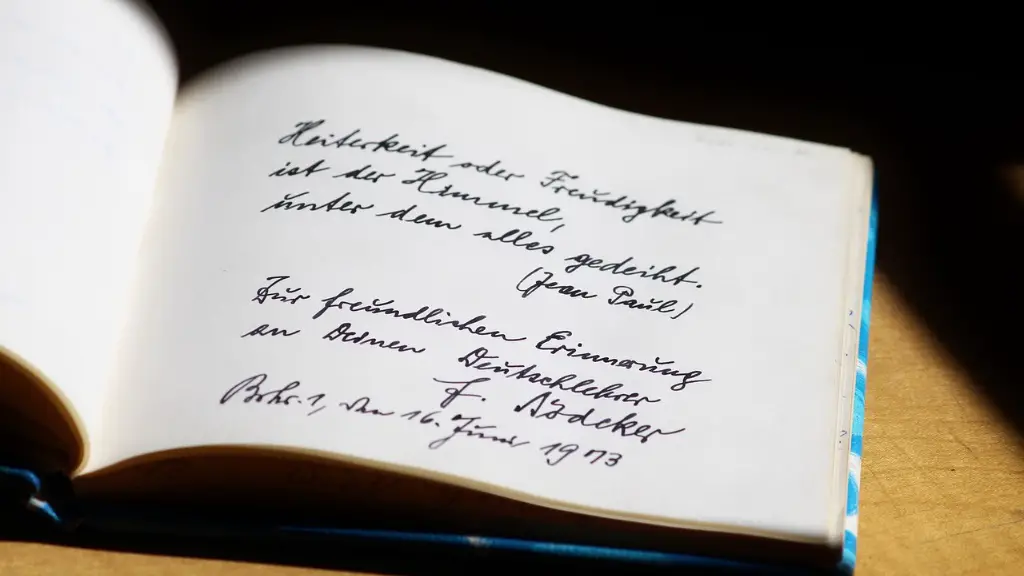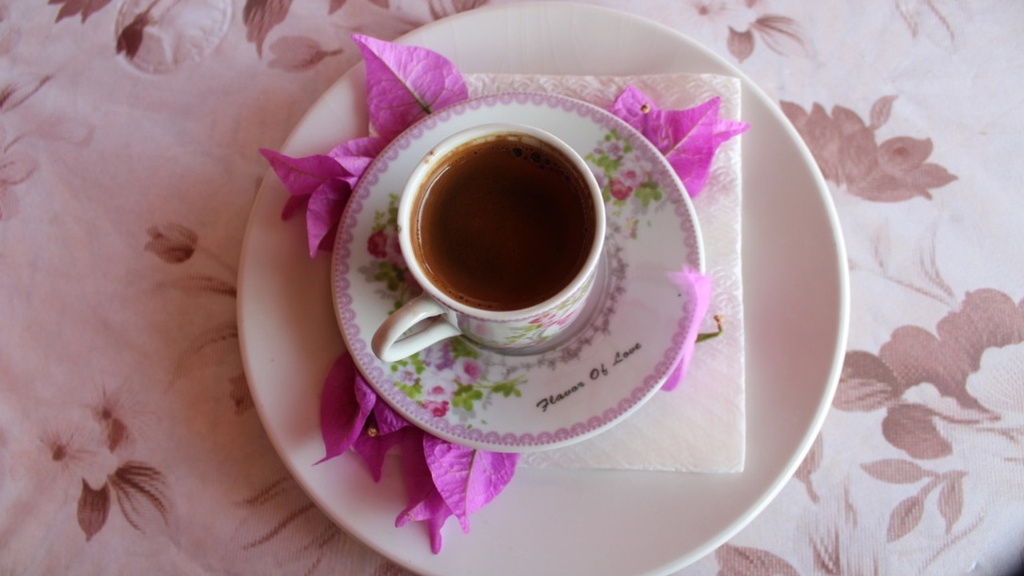Background Information
Romantic poetry is poetry composed in the Romantic period (early 19th century), typically characterized by strong emotion, passion, and imagery. It often focuses on topics such as nature, love, death, freedom, and sometimes on political, social, and moral issues. Romantic poetry was the dominant form of poetry in Europe and America in the Romantic period, and is still popular today. Many famous poets—such as William Wordsworth, Percy Bysshe Shelley, John Keats, and Lord Byron—were part of the Romantic movement.
Data and Perspectives from Experts
Romantic poetry is often characterized by its mix of intense emotion and vivid imagery. It typically uses a mixture of traditional and unconventional imagery to create an atmosphere of mystery, awe, and mystery. According to poet and scholar Samuel Taylor Coleridge, “The reflective and imaginative pleasure which the poet is bound to furnish, and the imaginative delight which the reader equally is bound to receive, do not depend upon contrast of passions, but rather upon a harmonizing of them.” In other words, Coleridge believes that the best romantic poetry will both explore and attempt to resolve the poet’s intense emotions in a way that is both evocative and harmonious.
Romantic poets also typically made use of traditional poetic forms and conventions, such as metre and rhyme. However, many of these poets pushed the boundaries of traditional form, experimenting with innovative techniques such as free verse, blank verse, and irregular metre, in order to express the poet’s highly personal vision. Additionally, many poets sought to capture the essence of nature by using exaggerated, hyperbolic language and images.
Analysis and Insights
The key elements of romantic poetry can be distilled down to its focus on emotion, character, and vivid imagery. These elements—when utilized together—create a sense of mystery and beauty that captures the reader’s imagination. While the topic matter may be varied, the underlying theme of romantic poetry remains the same; passionate emotion and vivid imagery.
Unlike other more conventional forms of poetry, romantic poetry emphasizes the subjective experience of the poet, rather than an objective reality. It often employs a highly personal and often lyric style, where the personal experience of the poet becomes a reflection of the state of the world. The poet’s life and thoughts take centre stage, and the result is an intimate and often emotional exploration of human experience.
Imagery
Romantic poets generally use vivid and often exaggerated language to evoke images that are vivid and powerful. For example, Lord Byron’s “She Walks in Beauty” juxtaposes the beauty of a woman with the beauty of the night sky. The comparison creates a vivid and emotionally powerful image that captures a single moment in time. Similarly, Wordsworth’s “Tintern Abbey” emphasizes emotional connection and uses a combination of traditional and innovative imagery to explore the power of nature.
Love
Romantic poetry often focuses on love, particularly in its idealized and ecstatic forms. Poets such as Shelley, Keats, and Byron often depict love as a transcendent force that transcends earthly limitations. For these poets, love is a powerful and mysterious emotion that has the power to elevate the soul, and serve as a source of spiritual renewal.
Nature
Romantic poetry often makes use of nature and its beauty to explore the mysteries of life, death, and the soul. Nature is frequently depicted as a powerful force that has the capacity to produce feelings of awe and beauty in the human heart. Wordsworth is particularly adept at capturing the beauty and power of nature in his poetry. His poems often focus on the beauty of nature, the emotions that it evokes, and its transformative power.
Death
Death is another frequent topic in romantic poetry, and is often used to explore the nature of life and mortality. Keats’ “Ode to a Nightingale” and Shelley’s “Adonais” use the theme of death to reflect on the impermanence of life and the sorrow of mortality. Death can also be a source of transformation and renewal, as seen in Byron’s “Childe Harold’s Pilgrimage”. In Byron’s poem, death serves as the catalyst for a spiritual journey of self-discovery.
Politics and Social Issues
Romantic poets often used their poetry to comment on political and social issues. Byron’s “The Prophecy of Dante” and Shelley’s “The Mask of Anarchy” are two examples of poems that use poetic language to criticize the state of political and social injustice. Shelley also explored themes of religious freedom with his poem, “Atheism”, while Wordsworth used his poem “Lines Written in Early Spring” to look at the effects of social and economic oppression.
Morality and Ethics
Romantic poets often explored themes of morality and ethics in their work. Coleridge’s “The Rime of the Ancient Mariner” is a poem that uses powerful imagery to explore the consequences of one’s moral choices. Wordsworth’s poem “Ode: Intimations of Immortality” explores the theme of the soul’s journey towards achieving a higher state of bliss. Finally, Byron’s “Don Juan” uses irony and humor to critique society’s contemporary ethical failings.
Ultimately, romantic poetry is a form of poetry defined by its focus on intense emotion, vivid imagery, and its exploration of political, moral, and ethical themes. It is a powerful expression of the Romantic spirit, and is still popular today. By combining traditional poetic forms and conventions with innovative techniques, the poets of the Romantic period sought to explore the mysteries of human life and experience.


